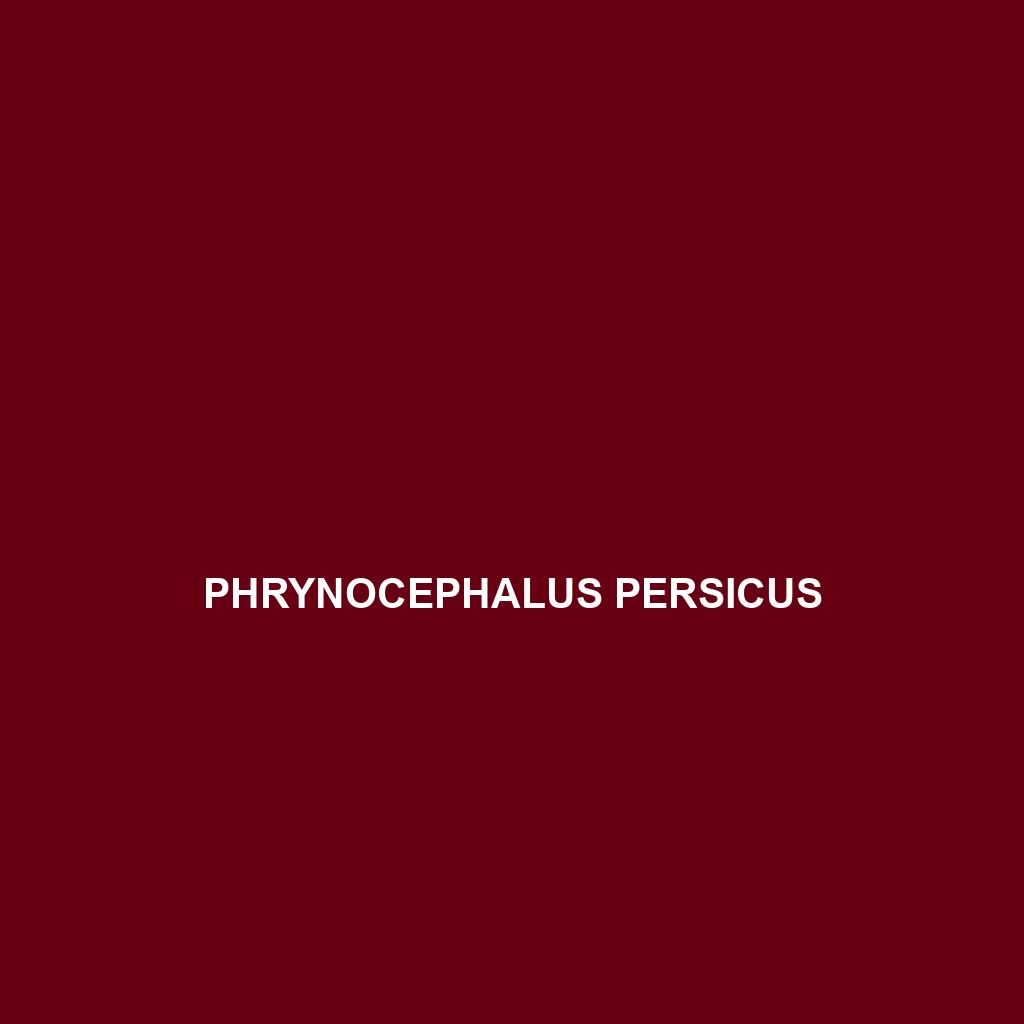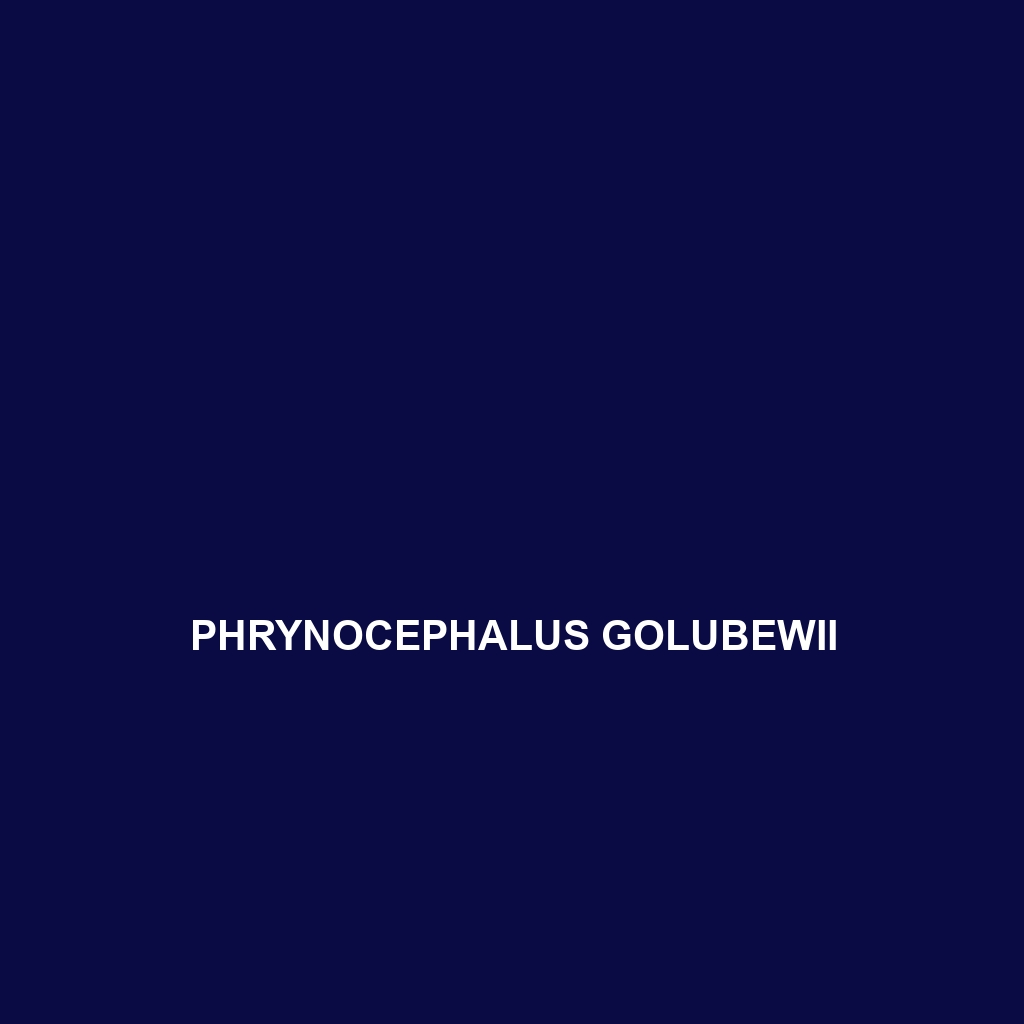Discover the fascinating Phyllodactylus kropotkini, a nocturnal South American gecko known for its slender body, impressive camouflage, and adaptability to diverse habitats such as rainforests and savannas. This insectivorous species exhibits unique behaviors including social vocalizations and remarkable hunting skills, playing a critical role in maintaining ecological balance.
Tag: natural camouflage
Phrynosoma douglasii
Discover the unique Douglas Horned Lizard, <b>Phrynosoma douglasii</b>, a small, eye-catching insectivore found in the arid regions of the western United States and Canada, known for its distinctive horn-like projections and remarkable camouflage. This resilient species plays a vital role in its ecosystem, controlling insect populations while also serving as prey for larger predators.
Phrynosoma ditmarsi
Discover Phrynosoma ditmarsi, the fascinating horny toad known for its unique flattened body, spiny camouflage, and diurnal behavior. Native to arid regions in the southwestern United States and Mexico, this insect-eating lizard plays a crucial role in its ecosystem while adapting to varying temperatures and habitats.
Phrynocephalus persicus
Discover the fascinating Phrynocephalus persicus, or Persian toad-headed agama, known for its remarkable adaptation to arid environments of Iran, featuring a robust, flattened body, and distinctive color-changing abilities that aid in camouflage. This insectivorous lizard plays a crucial role in maintaining the balance of desert ecosystems by controlling insect populations while serving as an essential food source for larger predators.
Phrynocephalus frontalis
<b>Phrynocephalus frontalis</b>, or the Frontal Toadhead Agama, is a medium-sized lizard native to arid regions of Central Asia, known for its distinctive flattened body and striking coloration that aids in camouflage. Primarily insectivorous, these diurnal reptiles exhibit fascinating behaviors including territorial displays and burrowing, playing a crucial role in their ecosystem as both predator and prey.
Phelsuma edwardnewtoni
<h2>Edward Newton's Day Gecko</h2> <p><b>Phelsuma edwardnewtoni</b> is a vibrant green gecko native to the rainforests of Madagascar, thriving in humid, arboreal habitats. Known for its diurnal behavior, this species primarily feeds on insects and plays a vital role in pollination while contributing to the ecological balancing of its environment.</p>
Petrosaurus thalassinus
Discover the vibrant <b>Petrosaurus thalassinus</b>, or Blue Rock Lizard, a medium-sized lizard known for its striking blue coloration and exceptional climbing abilities, thriving in coastal and tropical habitats across Central and South America. This fascinating omnivore plays a crucial role in maintaining ecosystem health by controlling insect populations and facilitating seed dispersal.
Petrosaurus mearnsi
Discover the vibrant Petrosaurus mearnsi, or Mearns' Petrosaur, a medium-sized lizard thriving in the temperate forests and rainforests of the southwestern United States and northern Mexico. This fascinating insectivore is known for its striking color variations, prominent dewlap for communication, and essential role in maintaining ecosystem balance through its predatory and prey relationships.
Petracola ventrimaculatus
<p><b>Petracola ventrimaculatus</b> is a striking, nocturnal species found in tropical rainforests and savannas of Central and South America, reaching up to 15 centimeters in length with deep green and light brown coloration, complemented by bright yellow spots. It plays a crucial role in its ecosystem as an omnivore, seed disperser, and prey for larger predators, while facing vulnerabilities due to habitat loss and environmental changes.</p>
Pelodiscus huangshanensis
Discover the <b>Pelodiscus huangshanensis</b>, a vulnerable freshwater turtle native to eastern Asia's aquatic habitats, characterized by its distinct oval-shaped shell, nocturnal behavior, and diverse omnivorous diet that supports its ecological role in maintaining balance within its ecosystem. This species, typically ranging from 30 to 50 cm in size, is essential for controlling aquatic insect populations and is known for its intriguing mating rituals and impressive respiratory adaptations.









